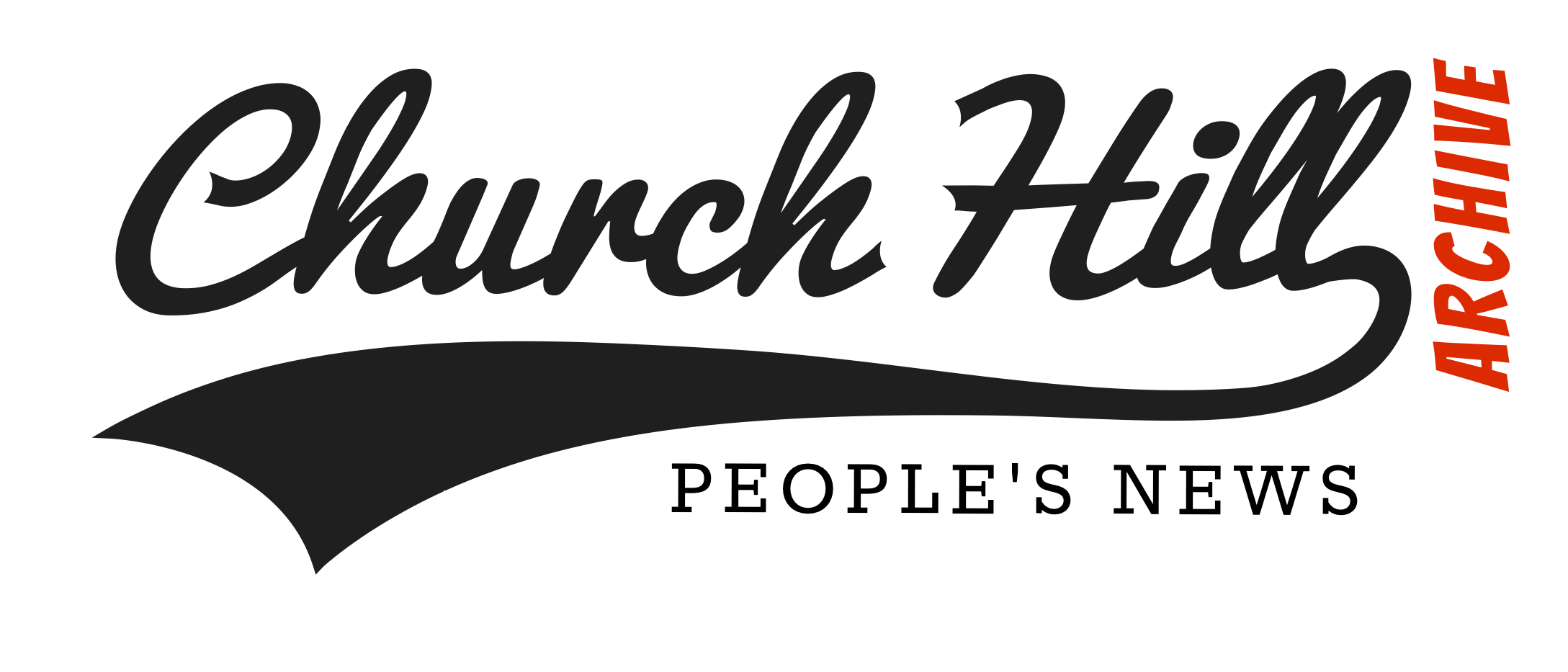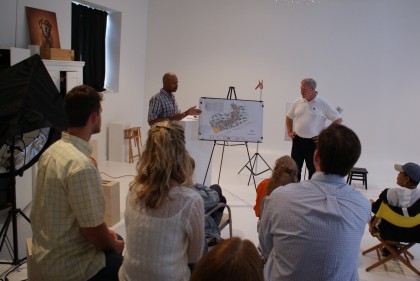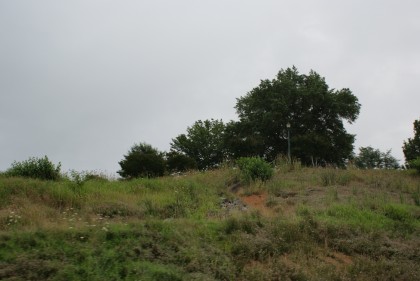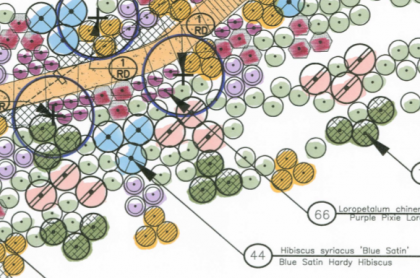RECENT COMMENTS
Jefferson Park renovation in the works
Contributed by Bryan Nolde (Capital News Service)
The most recent Friends of Jefferson Park meeting featured a presentation on plans to renovate Jefferson Park over the next year.
Questions, ideas and laughter fill the room as the family gathers. Its members are linked not by DNA but by a common vision and determination.
About 20 residents of Richmond’s historic Union Hill neighborhood recently met with an engineer, a landscape architect and city officials to discuss plans for renovating Jefferson Park, one more step towards revitalizing the community. The atmosphere at Church Hill Photography, where the meeting took place, was warm and welcoming, in spite of the controversial April 22 shooting death nearby.
“I live very close to the corner where the shooting took place,” said Elaine Odell, the owner of Church Hill Photography and a member of the Union Hill Civic Association. “It was very sad, but it doesn’t reflect upon the revitalization effort … the neighborhood has evolved so much that it didn’t backslide.”
Crime was once a prevalent problem in Union Hill, one of the oldest and most historically noteworthy communities of Richmond. In recent years, however, locals have greatly reduced crime and now take pride in reestablishing its historic environment.
Jefferson Park, like many of the city’s hill parks, has long struggled with bad drainage and landslides, causing its hillside to fall into a state of disrepair. In fact, city engineer reports from the early 1900s detail bank slippage problems every 20 to 25 years.
Following introductions, Robert Bass Jr., a professional engineer at Wilbur Smith Associates Inc., started the presentation.
“The current hillside problems began when Hurricane Gaston made its way through the area in 2004 and washed a lot of it out,” Bass said. “The city went out there and did a quick repair, then there were some issues with that, and over time it developed to where now we need to do a more permanent engineered design fix.”
The Richmond Parks and Recreation Department is trying to achieve three basic functions with this project, Director J.R. Pope said. It is trying to stabilize the bank (PDF), utilize drought-resistant plants to keep the park low maintenance, and create a visually pleasing display of color with those plants.
Department officials plan to use Jefferson Park as a prototype, Pope said. If this undertaking is a success, they would like to replicate it when restoring the hills in the neighboring Church Hill community.
“We could have just fixed it, but we got a landscape architect involved,” Bass said. “We have a pretty extensive landscaping plan, and I think that will really improve the park.”
Landscape architect Charles Snead, from Snead and Associates P.C., next discussed his landscaping diagram of the project.
Snead thoroughly explained the placement of each plant within the design and then illustrated them with pictures.
“We could have gone back to just grass, but grass has a certain coefficient that allows water to move very quickly,” he said. “The plants act to slow down the water basically.”
Snead’s plan (PDF) includes a series of different types of low-maintenance evergreen plants, the most prominent being blue Pacific juniper, as well as six small ornamental trees.
The project’s proposed time frame, as agreed upon at the meeting, would be for:
- Design to be completed within one to two months
- Companies to submit bids two to three months after that
- Work to be started in the early spring of 2010
Contributed by Bryan Nolde (Capital News Service)









During a recent trip to Washington, D.C., my boyfriend and I checked out Meridian Hill Park: http://www.nps.gov/mehi/
While I don’t think they’d be able to replicate all of the opulent details from Meridian Hill due to cost issues, it’d be neat to see something in Jefferson Park embrace a water feature, such as maybe some enclosed steps going down in a zig-zag like fashion along the hillside that would create a nice water feature when it rains. I know that they mentioned slowing down the rainfall as one of their goals, but this may be an interesting alternative if they find a way to slow down/capture the rainfall at the end. Just my two cents.
I hope that this effort is a success b/c the hillsides of Chimbo Park and the mini hillside park at 21st and E. Franklin (Taylor’s Hill Park?) could both use serious help. Both suffered catastrophic collapses during Gaston.